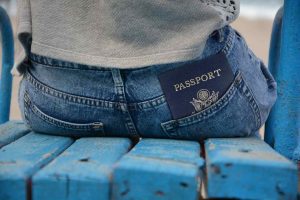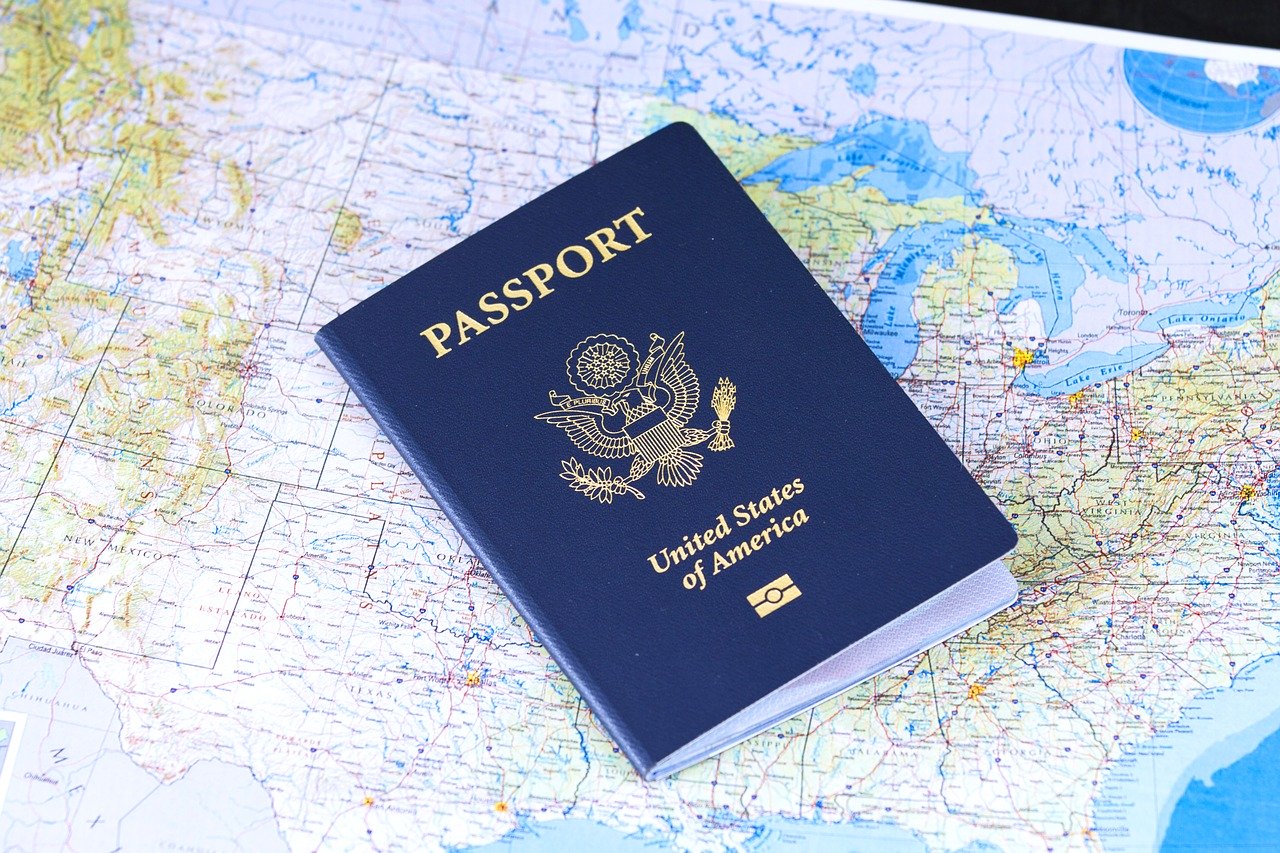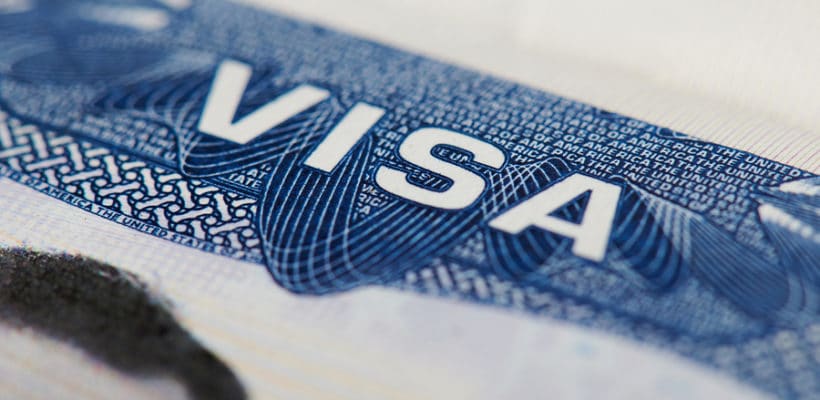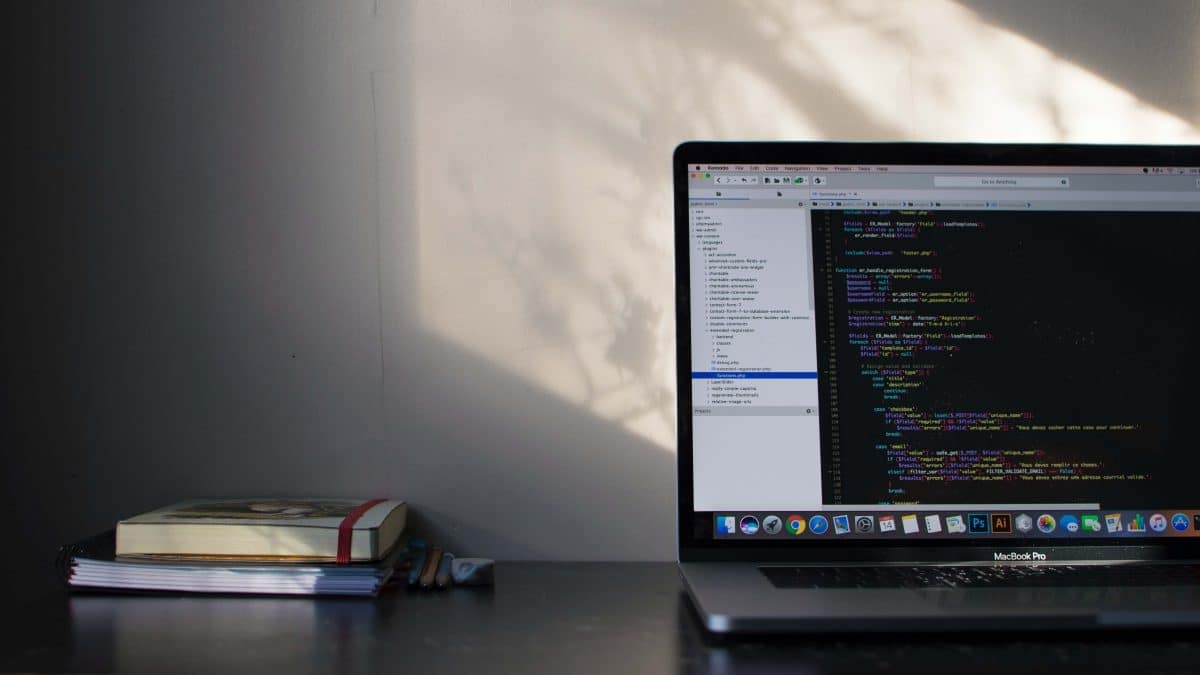Since you’re here, you’ve probably already decided you want to study in the U.S. as an international student. Maybe you’ve even applied to a few universities, or hopefully, even got accepted in one. If so, now comes the time where you finish your preparations to move to the U.S.
The first – and most important – thing in your checklist should be dealing with paperwork, specifically with getting your visum to come to the U.S. In this article, we provide you with the answers to all the questions you might have (and those you don’t know you needed).
3 Types of U.S. Student Visa

For you to make your way to the U.S., one of these three types of student visa will apply to you:
- F1 Student Visa
- J1 Exchange Visitor Visa
- M-1 Vocational/ Non-Academic Student Visa
1. F1 Student Visa
The F1 visa is required for students who wish to reside in the United States to attend a university in an undergraduate or graduate program.
As for spouses or children accompanying F1 visa recipients, they must apply for an F-2 visa and should know that they are not allowed to work.
2. J1 Exchange Visitor Visa
As the name suggests, the J-1 Exchange Visitor Visa is for students, visiting scholars or lecturers wishing to pursue an exchange program in an American learning institution. These programs can be 10-month vocational training, fellowships, etc.
J-1 Visa recipients who will bring their spouses or children need to get them J-2 Visa. Spouses are able to work, but they need to get permission to do so in advance.
3. M-1 Vocational (Non-Academic Student Visa)
The M1 visa is reserved for students wishing to study in American vocational or technical schools. The applying process is almost the same as that of an F1 visa, however, it’s adamant that students do not overstay their visit. For this reason, on entering, the M1 visa is time-stamped.
U.S. Student Visa Requirements
 The F1 visa application process entails getting accepted from the U.S. university, applying at the embassy, and the interview. Here is what you need to do:
The F1 visa application process entails getting accepted from the U.S. university, applying at the embassy, and the interview. Here is what you need to do:
1. Acceptance from U.S. University
The first thing you have to do is to be accepted for enrollment at a Student and Exchange Visitor Information System (SEVP) approved school in the United States and pay the SEVP I-901 fee. The school will provide an I-20 form that you will need to present during an interview at the nearest American embassy or consulate. If you have a spouse or children who wish to live with you while you’re going to school in America, they each have to have their own I-20.
2. Apply at the embassy
Each embassy or consulate has its own procedures for applying for an F-1 Visa and you should consult the instructions on their websites. But generally, the procedure starts with filling out a Form DS-160 online and then printing out the confirmation page. You may also upload a photo at the same time or have one available.
3. Schedule an interview
The next step is to schedule an interview at an embassy or consulate in your country of residence. Wait times for interviews vary. You will be required to bring you and your family’s I-20 forms, a passport, and the Form DS-160 confirmation along with a photo if applicable. Additionally, you may be required to pay the Visa fee upfront. You may also be required to bring other documentation, such as college degrees, test scores, and how you intend to pay for your expenses while studying in the United States.
Interested in pursuing a degree?
Fill out the form and get all admission information you need regarding your chosen program.
This will only take a moment.
Message Received!
Thank you for reaching out to us. We will review your message and get right back to you within 24 hours.
If there is an urgent matter and you need to speak to someone immediately you can call at the following phone number:
- We value your privacy.
During the interview, a digital non-ink fingerprint will be taken. The consular official will determine your suitability for studying in the United States and which exact visa will be most appropriate for you. After the interview, your visa application may require further processing. You will be informed how long it is likely to take, but in the meantime do not make travel plans until the application goes through.
U.S. Student Visa Costs
The application fee for the most common nonimmigrant visa types, including student visa, is $160. However, there is an additional fee that students must pay called a SEVIS fee. At present, its worth is $350 for applying for an F1 or M1 visum, and $180 for a J1 one.
If you’re an international student going through this period, you can always contact us for more information.










